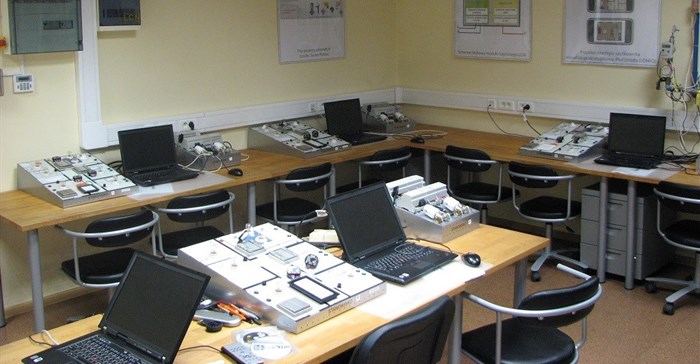
Subscribe & Follow
Don't get caught in the BMS trap with the lure of modular functionality

The lure is that the company only pays for the features it needs, so the initial capital outlay may be as little as one third of the price of a complete solution. The snare: once a user has bought into the model, they may be stuck with annual licence fees, crippled by a lack of key functionality, and stuck with a solution that cannot grow with the business as its needs change.
The core value of a BMS is that it provides a single platform for the integration and management of building systems – from heating, ventilation and air conditioning (HVAC) systems to lighting, security and fire protection solutions. BMS makes buildings smarter and more efficient by providing essential instrumentation and control, which saves energy, lowers operational costs and enables productive and secure environments.
Integration of disparate systems
BMS platforms built on open standards allow integration of disparate systems, sophisticated features enable enhanced system configurations, programming capabilities facilitate proprietary enhancements to the system, and user interfaces designed for ease of use deliver information, trends and reporting that help facility managers make better decisions, refine tactics and deliver on strategic imperatives.
The challenge facing companies that select a BMS with a minimum spec is that they will pay separately for almost every component of the product. Often, in response to a request for pricing (RFP), solution providers will propose a minimum spec the meets the requirements – a solution that may only comprise a base model, an inferior product in terms of features and functionality, which can be upgraded, but at a cost.
The problem is that the buyer is often unaware of what exactly should be defined as key functionality. They may consequently find themselves paying to connect to diverse third-party systems or to connect devices i.e. paying for inclusion of basic open data communication protocols for building automation and control networks like BACnet or a networking platform like LONworks to connect devices. They may also find themselves shelling out for basic reporting (e.g. a sliding scale based on the size of the trend) or for alerting. These are all features that come standard with leading BMS systems which, for the most part, don’t require annual licensing either.
Inability to grow with the business
The greatest loss to the business is the inability of these “basic” and “modular” systems to grow with the business. In the majority of BMS installations, key functionality is initially commissioned and additional functionality is activated as the organisation becomes familiar with the features and begins to refine its management capabilities. With a “basic” system in place each decision comes with an additional financial investment, hampering advancement and cutting short the benefits to the organisation.
In addition, fully featured BMS solutions typically provide users with ongoing updates, enhancing features and introducing new solutions that enable the organisation to keep abreast of trends and participate in beneficial industry advances e.g. smart grid and smart city initiatives. A basic system provider is unlikely to be able to provide users with that kind of functionality as only some of the key features this advanced functionality requires will be activated.
The bottom line? Keep your eyes open to the full cost of ownership across the lifecycle of the BMS product, and find a solution that will allow your organisation to meet strategic imperatives such as energy and cost management, and grow.















